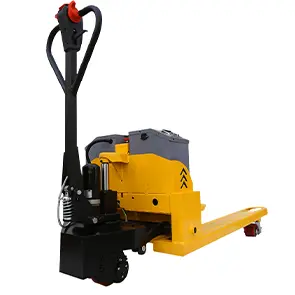


Self-Locking Lifelines A Vital Safety Innovation
In recent years, the importance of safety in various industries, particularly in construction, climbing, and rescue operations, has gained significant attention. Among the innovations designed to enhance safety, self-locking lifelines have emerged as a crucial tool that ensures the protection of workers and adventurers alike. These lifelines, which automatically lock under tension, provide both security and peace of mind for users engaged in high-risk activities.
Self-locking lifelines operate on a straightforward yet ingenious principle. They consist of a rope or cable that connects a person to a secure anchor point, allowing for movement while ensuring that the individual is protected from falls. The defining feature of self-locking lifelines is their ability to activate a locking mechanism when sudden tension is applied. This means that if a person slips or falls, the lifeline will automatically tighten and lock, preventing further downward movement. This technology drastically reduces the risk of injury in potentially dangerous situations.
The applications of self-locking lifelines are vast. In the construction industry, workers often operate at great heights, where the risk of falls is significant. By employing self-locking lifelines, companies can enhance their safety protocols and comply with industry regulations. These systems not only protect workers but also help organizations mitigate potential liabilities associated with workplace accidents.

Beyond construction, self-locking lifelines are invaluable in recreational activities such as climbing and zip-lining. Outdoor enthusiasts can enjoy their adventures with an added layer of security, knowing that the lifeline will lock in case of a slip. This technology empowers climbers, allowing them to focus on their ascent rather than constantly worrying about their safety.
Moreover, self-locking lifelines play a critical role in emergency rescue operations. Firefighters, search and rescue teams, and other emergency responders often find themselves in precarious situations. Utilizing self-locking lifelines ensures that they can navigate challenging environments while minimizing the risk of falls or accidents. This added safety measure can be the difference between life and death in critical scenarios.
In conclusion, self-locking lifelines represent a significant advancement in safety technology. By automatically locking under tension, they provide essential protection for workers, adventurers, and emergency responders. As industries continue to prioritize safety, the integration of self-locking lifelines will undoubtedly become more widespread. Whether in construction, recreation, or rescue operations, these lifelines exemplify the commitment to protecting lives and promoting safer practices in high-risk environments. Investing in such innovations is not just a matter of compliance; it is a responsibility that enhances the safety and well-being of individuals engaged in inherently perilous activities.



